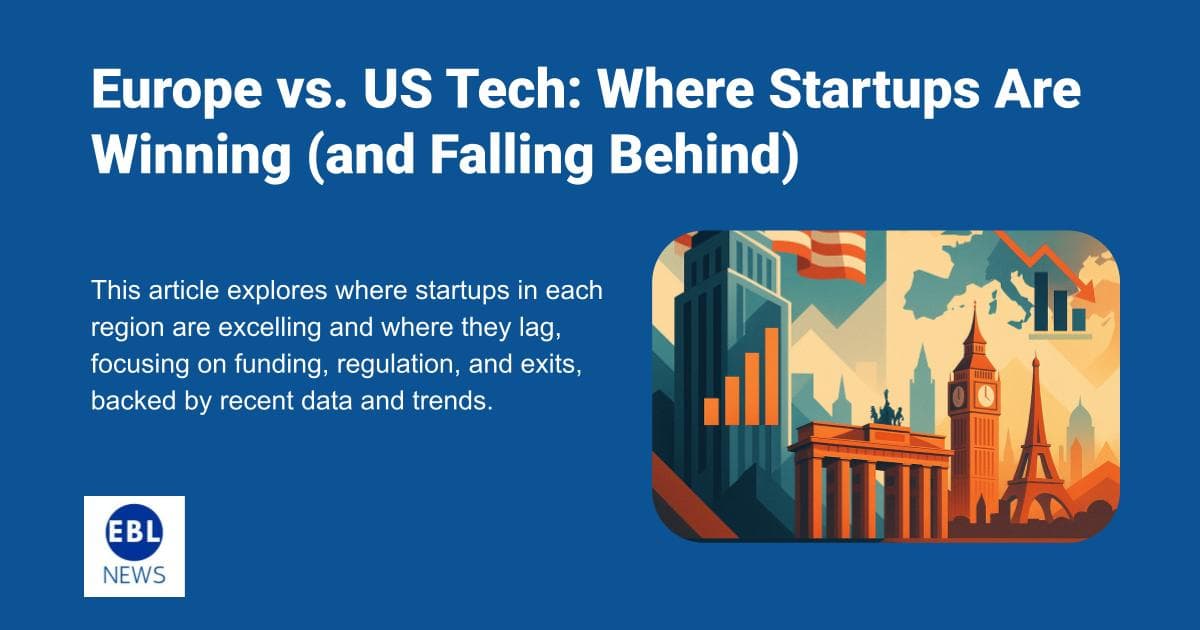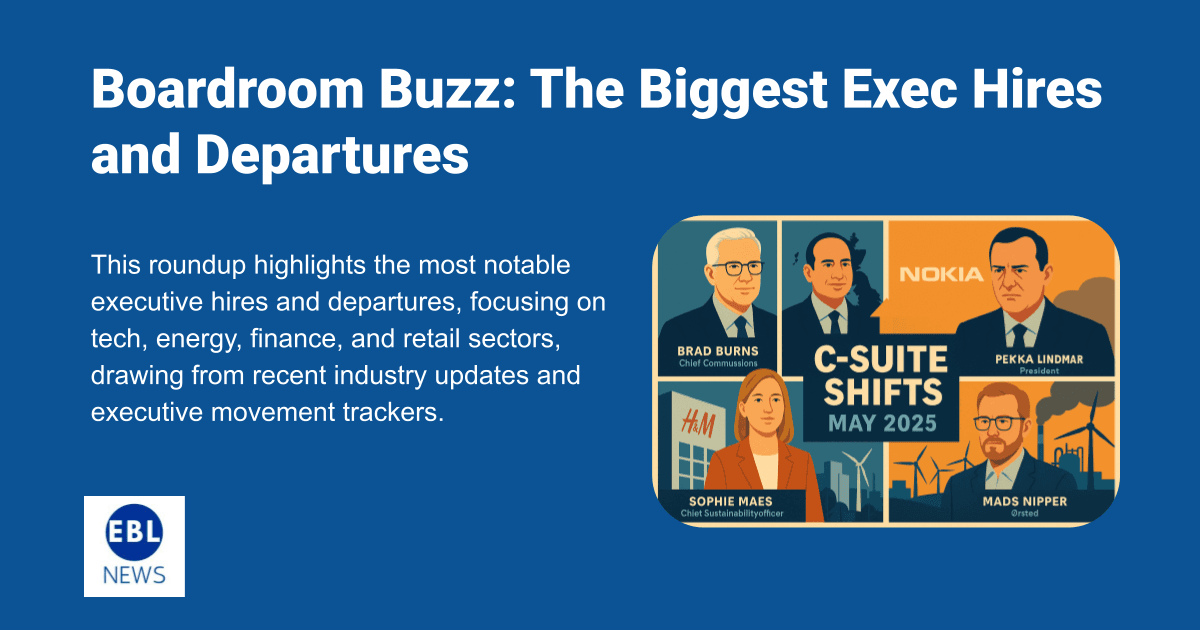The tech startup ecosystems in Europe and the United States are often compared, with each region showcasing unique strengths and challenges. While the U.S. has long been the global leader in tech innovation, Europe has made significant strides in recent years, creating a dynamic rivalry. This article explores where startups in each region are excelling and where they lag, focusing on funding, regulation, and exits, backed by recent data and trends.
Funding: Scale and Speed
United States: The Funding Powerhouse
The U.S. remains the undisputed leader in venture capital (VC) funding. In 2023, U.S. startups raised $138 billion, nearly three times the $52 billion secured by European startups. The U.S. benefits from a mature VC ecosystem, with substantial private institutional backing from pension funds and insurance companies, which allows for larger, riskier bets. The average funding per company in the U.S. is almost five times higher than in Europe, enabling startups to scale rapidly. After five years, U.S. startups are 40% more likely to secure VC funding than their European counterparts, reflecting greater access to capital at all stages.
Silicon Valley’s “fail fast” mentality, supported by high-risk, high-reward investors, allows companies like Uber or Netflix to prioritize growth over immediate profitability. This approach has produced global giants, with four of the world’s five largest companies—all venture-backed—based in the U.S.
Europe: Growing but Constrained
Europe’s startup ecosystem is expanding rapidly, with VC funding growing sixfold over the past decade to $24 billion in 2020. However, funding remains a bottleneck, particularly at later stages. In Q3 2024, European startups raised $10 billion, the lowest quarterly total since Q3 2020, with late-stage funding dropping 57% year-over-year to $4.2 billion (Dealroom). Europe excels in seed and early-stage funding, with cities like London, Berlin, and Paris fostering vibrant startup hubs. Still, the lack of growth-stage capital—only London has significant late-stage VC presence—hampers scaling.
Government agencies contribute approximately 37% of European VC funds, often prioritizing regional development or R&D over pure growth, which can limit flexibility. Despite this, Europe leads in specific sectors like cleantech, with companies like Denmark’s Agreena attracting significant investment, and AI startups securing mega-rounds of $100 million or more.
Winner: U.S. for sheer funding scale and late-stage support; Europe for early-stage vibrancy and sector-specific growth.
Regulation: Innovation vs. Protection
United States: Founder-Friendly Flexibility
The U.S. regulatory environment is relatively light, enabling startups to move quickly. With lower capital gains taxes and carried interest taxed favorably, investors are incentivized to take risks. Bankruptcy laws are lenient, allowing entrepreneurs to fail and restart without severe penalties, fostering a culture of experimentation. The U.S.’s single market and uniform regulations across states simplify scaling, with startups able to launch in 1-2 months.
However, the lack of stringent regulation can lead to high-profile failures like FTX or Theranos, where insufficient oversight allowed overhyped ventures to collapse, damaging investor trust.
Europe: A Double-Edged Sword
Europe’s regulatory landscape is more complex, with 27 EU jurisdictions plus additional non-EU countries creating a patchwork of rules. The European Venture Capital Funds Regulation (EuVECA) imposes strict requirements, such as mandating 70% of capital be invested in eligible companies, which can slow investment. Regulations like GDPR and the Digital Markets Act (DMA) protect consumers but increase compliance costs, with GDPR estimated to reduce small tech firm profits by 12% (NBER study).
On the positive side, Europe’s regulations foster trust and sustainability. The EU’s focus on cleantech and societal challenges aligns with its regulatory framework, attracting mission-driven founders. However, 45% of European founders report a worsening business climate due to regulatory burdens, and 66% say tech policy changes since 2020 have been unhelpful (State of European Tech 2023).
Winner: U.S. for speed and flexibility; Europe for consumer trust and mission-driven innovation, but at a cost.
Exits: Cashing Out and Scaling Up
United States: Bigger Exits, Higher Valuations
The U.S. dominates in exit size and frequency. The average VC exit in the U.S. is nearly $200 million, compared to $70 million in Europe. U.S. unicorns are valued at 46 times their revenue, versus 18 times for European unicorns, reflecting higher market confidence. The NASDAQ and robust public markets enable lucrative IPOs, with U.S. startups often achieving billion-dollar liquidity events. Most global acquirers are U.S.-based, making it easier for American startups to attract high-value buyouts.
Europe: Steady but Smaller
Europe has seen 111 billion-dollar exits in the past five years, 60% via M&A, with 75% of acquisitions involving European buyers. Billion-dollar exits have occurred in 22 countries, showing geographic diversity. However, Europe’s public markets are less liquid, with weaker IPO activity since the collapse of markets like Germany’s Neuer Markt post-2000. In 2023, 22% of European deals were down rounds, twice the rate of U.S. startups.
Europe’s exit landscape is improving, with potential for more IPOs in 2024 and alternative routes like direct listings gaining traction. Still, the lack of a NASDAQ-equivalent and smaller exit sizes limit returns, pushing some startups to seek U.S. listings or acquisitions.
Winner: U.S. for larger, more frequent exits; Europe for diverse but smaller-scale successes.
Where They Stand: Strengths and Gaps
U.S. Strengths
- Scale and Ambition: Massive funding and a growth-first mindset produce global leaders.
- Exit Opportunities: High valuations and liquid markets drive blockbuster exits.
- Cultural Edge: A risk-tolerant culture and “American Dream” narrative attract talent and capital.
U.S. Weaknesses
- Overhype Risk: Loose regulation can lead to inflated valuations and failures.
- Inequality: High costs in hubs like Silicon Valley exclude some founders.
Europe Strengths
- Talent and Diversity: 5.7 million developers and top universities like Oxford and ETH Zurich fuel innovation.
- Sector Leadership: Cleantech and AI startups thrive, supported by mission-driven policies.
- Resilience: While U.S. VC funds generally lead in returns, Europe has seen increased performance from select funds, especially in specialized and early-stage vehicles. However, broad outperformance of U.S. VC by 6.24% over five years is not supported by current data. As of 2023, U.S. VC net IRRs typically range from 15–25%, while European VC ranges from 10–20%, according to Cambridge Associates and PitchBook.
Europe Weaknesses
- Funding Gaps: Limited late-stage capital and government-heavy funding slow scaling.
- Regulatory Complexity: Fragmented rules and high compliance costs deter growth.
- Brain Drain: While Europe produces abundant tech talent, it faces mobility pressure. Surveys show a strong desire among EU tech workers to relocate to the U.S., driven by salaries that are 40–50% higher and stronger startup equity potential. However, the claim that 90% would move is overstated. According to Dealroom’s Talent Migration Report, up to 40–50% of founders and tech professionals express relocation interest, but actual migration rates remain modest.
The Path Forward
For the U.S., maintaining leadership requires addressing overhype and ensuring inclusivity in high-cost hubs. Europe, meanwhile, must streamline regulations—potentially through an “EU Inc” model to unify markets—and boost late-stage funding. Initiatives like the European Innovation Council’s €1.4 billion 2025 budget and €300 million STEP Scale-up scheme signal progress, but closing the gap with the U.S. will take bolder reforms.
Both ecosystems have unique advantages. The U.S. excels in scale and speed, while Europe shines in sustainability and resilience. The real winner will be the region that learns from the other’s strengths while addressing its own weaknesses.





